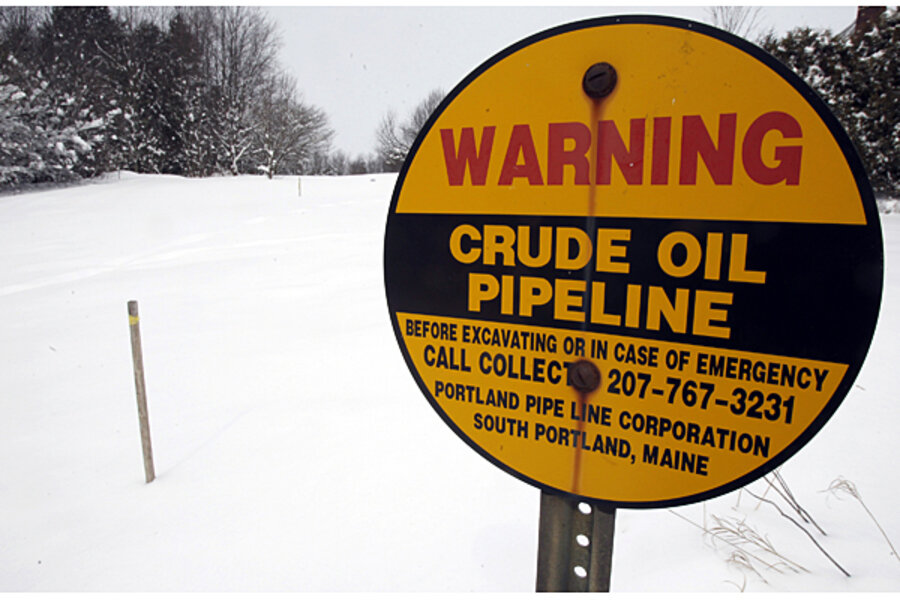Pipelines can't keep up with North American oil boom
Loading...
The production of oil from Western Canada is expanding to the point that existing pipeline capacity is overwhelmed. Canadian pipeline company Enbridge aims to get its Northern Gateway project built for exports from Canada's west coast. TransCanada, meanwhile, anticipates crude oil deliveries will expand from Canada to southern U.S. refineries by way of the Keystone XL pipeline. Expanding oil production from North America, however, may be too much for pipelines to handle and suppliers will need to look to more-expensive rail to get their oil to markets.
New York-based brokerage company ITG estimates that Western Canadian oil production should by 2025 reach 5.7 million barrels per day. The Bakken formation in North Dakota, meanwhile, is producing record-levels of oil, hitting the 770,000 bpd mark on average for December. Production there has doubled between 2010 and 2012 and the state is behind only Texas in terms of oil. ITG says that Canadian oil developments alone should double by the middle half of the next decade and oil sands should about for the bulk of the overall growth. (Related article: Go to the Source - How to profit from Gazprom’s Crumbling Hegemony)
The Association of American Railroads states that nearly a quarter of a million carloads of crude oil traveled on the U.S. rail system in 2012. For the week ending March 16, AAR said deliveries by rail of petroleum products in the United States was up 58.3 percent when compared to the same week in 2012. That’s because, in the United States, there's not enough pipeline capacity to get oil to refineries. In part to accommodate the boom, the state just recently broke ground on a new 20,000 bpd refinery, which should take less than two years to complete. (Related article: Why the High Oil Prices if Supplies Really are Abundant?)
A U.S. State Department draft review of the planned Keystone XL found that rail deliveries should be able to "transport all incremental Western Canadian and Bakken crude oil production to markets if there were no additional pipeline projects approved." AAR, for its part, said it expects crude oil deliveries to pass 600,000 bpd yet this year. While historically rail transport is more expensive, it takes a train about 90 hours round trip from Bakken to the southern U.S. coast versus 40 days by pipeline.
ITG expects rail shipments of crude oil will expand in line with AAR expectations during the next four years as North American production increases. The Organization of Petroleum Exporting Countries said U.S. oil supply growth alone is projected at 600,000 bpd this year. By 2025, Canada should be producing around 5.7 million bpd. ITG finds that in order to accommodate the oil boom, crude oil deliveries by rail will have to climb to 1.6 million bpd by 2017 in order to keep up. Rail deliveries, its report finds, will have to expand at a rapid clip even if "all planned pipeline projects, such as Keystone XL and Northern Gateway, proceed."
Source: http://oilprice.com/Energy/Crude-Oil/Pipelines-Cant-Handle-North-American-Oil-Boom.html







